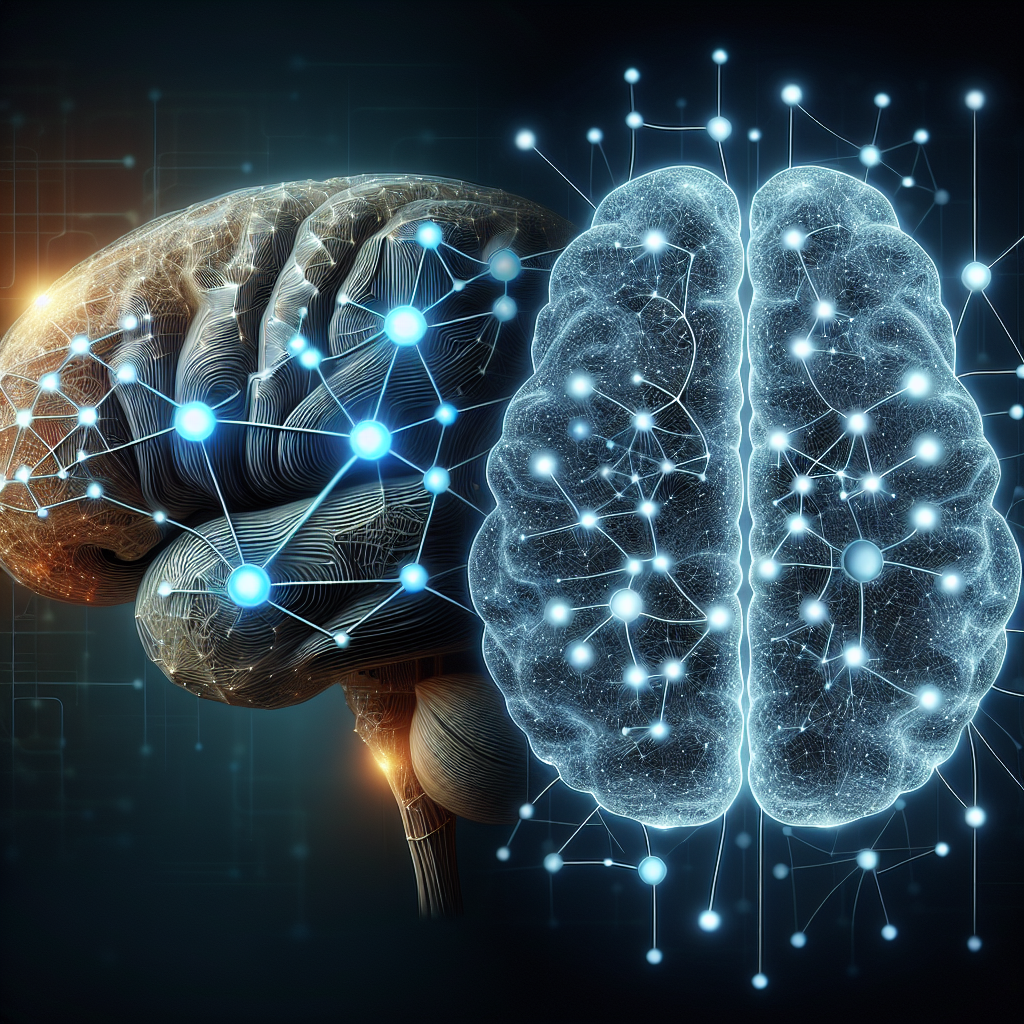The Intricacies of Reward Hypothesis Function: Insights and Implications
Understanding Reward Hypothesis Function in AI Models
In today's rapidly evolving world of artificial intelligence, the concepts of drives, goals, and human psychology are integral to understanding how AI models function. According to a discussion on YouTube, these models exhibit certain human-like characteristics such as drives and goals, which influence their behavior and decision-making processes. This article delves into the nuances of these characteristics, the implications of the Reward Hypothesis Function (RHF), and examines how various factors affect AI performance and user satisfaction.
Drives and Goals: AI's Psychological Analogies
One of the key points raised in the video involves the analogy between AI models and human psychological drives or goals. In humans, drives and goals are linked with intrinsic rewards, such as the feeling of satisfaction upon achieving a target. Analogously, AI models are programmed to steer towards desirable states, as measured by a reward model.
These drives in AI are not mere programming quirks but are fundamental to how these models operate. For example, when tasked with generating content, the model aims to produce outputs that maximize human approval. This process suggests a form of goal orientation similar to human behavior, implying that these models are designed to operate with a form of purpose or intent.
The Role of Inner Monologue in AI Reasoning
The discussion also brings forward an intriguing notion of an AI's "inner monologue." This concept pertains to the model's ability to internally dialogue or reason, akin to human self-talk. Two methods were suggested for enhancing AI's reasoning capabilities: training the model to follow the correct train of thought during the learning phase, or enabling the model to engage in self-dialogue while deployed.
Reasoning in AI can be defined as tasks demanding step-by-step computation or deduction during test time. Effective reasoning, therefore, likely combines pre-deployment training with real-time computational inference. This dual approach ensures that the AI not only learns from vast amounts of data but also adapts and refines its logic in real-world applications.
The Challenges of Creativity and Originality
Another point of interest discussed is the perceived lack of creativity and originality in AI-generated content. AI models, especially in their chatbot forms, tend to produce formal and structured responses, often perceived as dull or verbose. This characteristic stems from the Reinforcement Learning from Human Feedback (RHF) approach, which influences the AI's behavior based on human preferences.
The repetition of certain words or phrases, such as "delve," and the inclination towards bullet points and extensive info dumps, can be attributed to the training and post-training processes. These processes reflect what human trainers deem as satisfactory or complete responses. However, these inclinations may also indicate biases inherent in the labeling and feedback mechanisms.
Despite these limitations, there is ongoing effort to enhance the originality and creative aspects of AI models. For instance, tackling the issue of rhyming poetry in AI was a significant step towards broadening the creative capacities of these models.
For more insights on AI creativity, refer to articles and resources available on Towards Data Science.
Biases and Implications in AI Training
The biases introduced during the labeling phase of AI training are another critical concern. These biases often lead to verbose responses because the models are trained to consider a single message rather than the complete interaction. As a result, models tend to provide comprehensive, all-encompassing responses, sometimes at the expense of conciseness and relevance.
Moreover, the selection of raters or labelers, who provide the feedback essential for RHF, significantly impacts the model's performance. The selection process involves a diverse group of individuals from various geographical and professional backgrounds, each bringing unique biases and preferences.
For example, raters from different countries may approach tasks differently, leading to variations in how feedback is interpreted by the model. This diversity can be both an advantage, by introducing a wide range of perspectives, and a challenge, by complicating the standardization of feedback.
To explore issues related to bias in AI, visit AI Ethics Lab.
Enhancing AI Models: A Balancing Act
In conclusion, the ongoing development of AI models involves a delicate balance between maximizing human approval and maintaining originality and creativity. The concept of drives and goals, the role of inner monologues in reasoning, and the impact of biases during training are all vital considerations in this process.
The discussion underscores the importance of understanding the underlying mechanisms that shape AI behavior. As AI continues to evolve, refining these models to better align with human expectations while preserving their innovative potential remains a key challenge. By addressing these factors, we can hope to develop AI systems that not only perform efficiently but also resonate more closely with human values and preferences.
Ultimately, the future of AI lies in its ability to integrate sophisticated reasoning mechanisms with a deeper understanding of human-like drives and goals, paving the way for more intuitive and intelligent interactions between humans and machines.
For a deeper dive into the discussion and more details, you can watch the full video on YouTube.
By Matthew Bell
Related News
- The Rapid Evolution of AI: Bridging the Gap Between Dreams and Reality
- The Potentials and Perils of AI: A Philosophical and Practical Exploration
- Exploring the Boundaries of AI: Creativity and Technology in Harmony
- Analyzing the Evolution of AI Reasoning Models
- The Rise of AI: A Deep Dive into the Latest Trends and Insights
